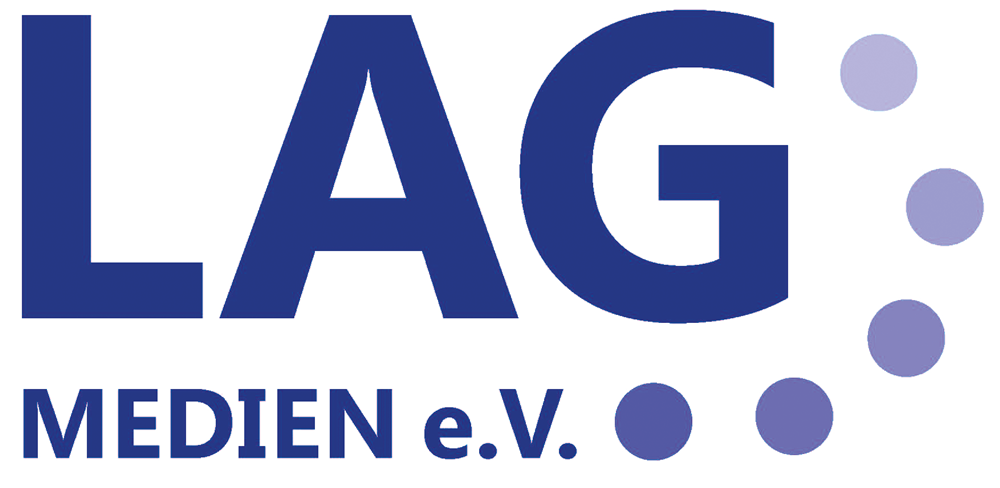P3 1-2/2022 en
Expertise
Strengthening Cybersecurity With XDR
Cybersecurity
XDR (Extended Detection and Response) automatically collects and correlates data across multiple layers of security – email, endpoint, server, cloud workload, and network. This enables faster threat detection and improved investigation and response times through security analytics. Another catchphrase used by resourceful marketing experts to sell customers additional services, hardware and software? Or what is it really all about?
Without XDR, much of the work is left to security analysts.
In view of the growing threat situation, it is becoming increasingly important for companies to quickly identify and contain signs of cyber attacks. Therefore, most already use Security Information and Event Management (SIEM) to collect and examine information from various security systems and detect threats. Many also operate their own Security Operations Center (SOC) or obtain corresponding services from an external service provider. Specialized security analysts work there, monitoring all security-relevant systems in a company around the clock, evaluating security alerts and investigating anomalies. In case of discovering a vulnerability or a cyber incident, they take appropriate countermeasures or alert their customers and give appropriate instructions. In addition to SIEM, SOC employees are increasingly using SOAR solutions (Security Orchestration, Automation and Response) or combined platforms to optimize security processes. Similar to SIEM, SOAR collects and evaluates security information from various sources. However, the solution goes one step further and can even trigger automated countermeasures without the need for human intervention. SIEM, SOC and SOAR are valuable tools to increase cybersecurity. Then why do you still need XDR?
Where conventional technology reaches its limits
In practice, most users report that while their SIEM helps them investigate threats, systems often struggle to correlate events effectively. A large part of the work is therefore left to the security analysts. According to ESG Research, 57 percent of organizations believe their SIEM is over-reporting and requires too many expert resources to use it effectively. Only 42 percent are truly happy with how their SIEM correlates data. Another complex issue is data collection and integration. For 83 percent of those surveyed, it causes continuous, considerable effort. Almost half of the companies also struggle with redundant data in the system. 26 percent are actively looking for ways to reduce the amount of data. 22 percent simply don't know how. Because a SIEM is typically licensed by events per second, redundant data drives up the cost of a system that is already expensive anyway.
XDR takes SIEM to the next level
XDR can solve many challenges SIEM users face. Similar to a SIEM, XDR also collects the threat information from the connected systems. The data is evaluated with the help of AI using machine learning and global threat intelligence. As a result, the correlation of the alerts works much more accurately. At the end of the day, thousands of messages result in a manageable number of usable warnings. This reduces the number of security alerts by up to 90 percent.
XDR can work with a SIEM by serving as a central log source. Correlated data then flows into the SIEM. This brings many advantages. On the one hand, the analysis speed and thus the reaction speed to attacks increases. A data correlation that takes an average of five minutes for a SIEM is done in a few seconds with XDR. In addition, the number of events per second that companies have to license in the SIEM is as well reduced as storage requirements. Both save costs. Furthermore, global threat intelligence is already included in XDR. This is also an advantage: security analysts need threat intelligence to evaluate alerts and recognize correlations. Many companies therefore buy such information from external providers. These are follow-up costs that are additionally incurred with a SIEM. XDR, on the other hand, already brings leading threat intelligence with it.
What does XDR bring to SOC and SOAR?
The advantages that XDR brings to SIEM can be transferred almost one-to-one to SOAR and SOC. Here, too, XDR with its AI-supported correlation does important preparatory work, reducing the flood of information, increasing the speed of analysis and making it possible to react more quickly. In this way, companies can increase efficiency in the SOC and further enhance their security. With the support of XDR, security analysts save a lot of work and can focus on the alerts that really matter. From a central console, they gain a holistic view of the threat situation in the entire IT environment across all vectors - from endpoints and servers to email and networks to cloud services. As an ESG study shows, an XDR solution does as much as eight full-time security employees on average. This is not only a cost factor, but also helps companies to counteract the shortage of skilled workers. After all, security analysts are hard to find on the job market.
The creation of use cases, i.e. the logic for the detection of security incidents, also requires a lot of time and know-how in SIEM and SOC projects. Here, too, XDR saves costs by bringing ready-made scenarios for endpoint and e-mail security. The solution relieves the analysts of time-consuming, demanding tasks that they would otherwise have to do by hand.
A strong team
XDR does not want to replace the existing security systems, but to add valuable automation functions. Most companies will continue to use their SIEM as a focal point to look at historical data, for example for digital forensics or to meet compliance requirements. SOAR complements SIEM with automated response. XDR, in turn, brings added value to both platforms through AI-supported correlation and can increase overall efficiency in the SOC. By leveraging the capabilities of modern detection and response, and empowered by automation and AI, organizations can best protect themselves from the growing threat of cyberattacks.









